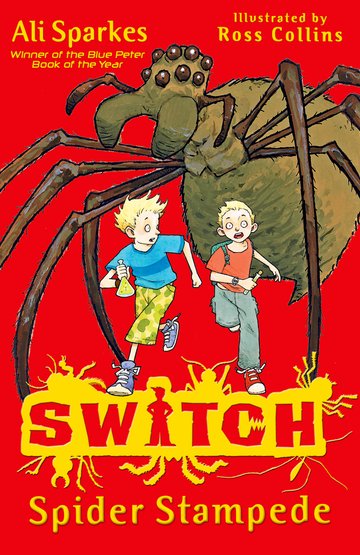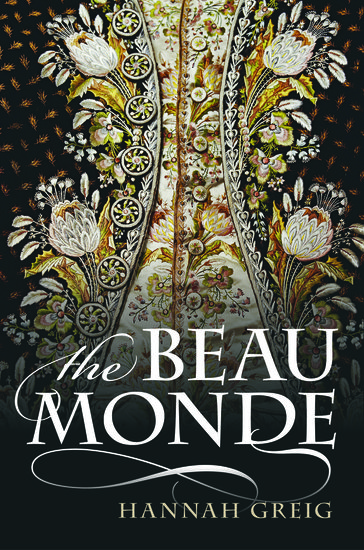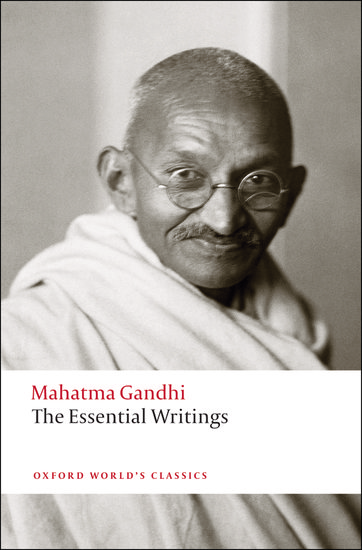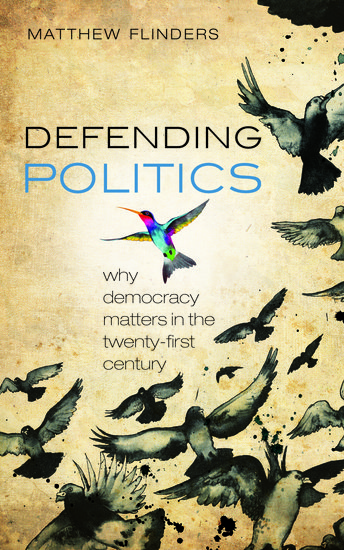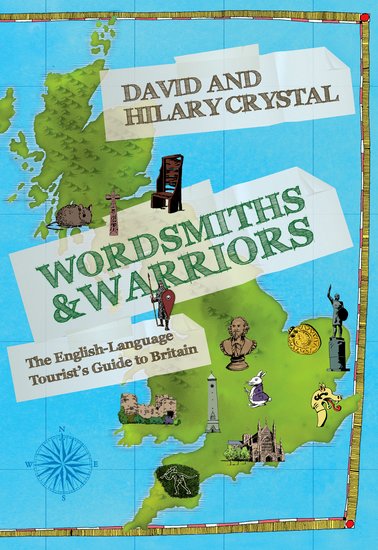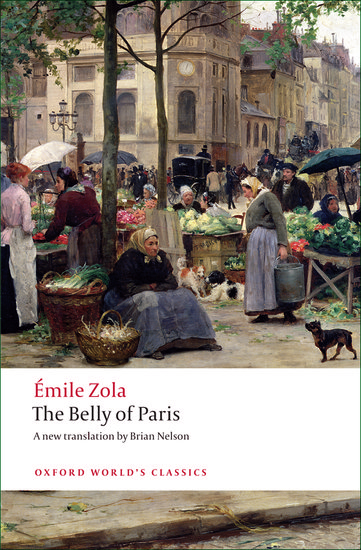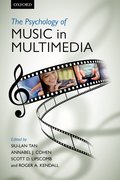Education depends on brains
By Philippe Grandjean
This time of the year, parents worry about what the new school year will bring for their children, teachers complain about school budget constraints, and politicians express ambitions that at least 90% of all children complete basic schooling and 50% or more pursue college degrees.

